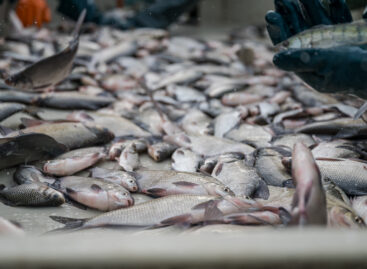Top Five Luxury Brands
According to Forbes list these brands not only deliver fat revenues and profit margins, they also attract loyal consumers. The new fans come from Brazil, China, Russia and India.
As the marquee brand of French
conglomerate Louis Vuitton, nothing–not even a strong euro and
dwindling U.S. economy–can stop Louis Vuitton's growth. Most
recently, the company launched an ad campaign focused on its core
customer, the luxury traveler, instead of the fashionista, who has
adopted the brand as her own in the past decade. In the fashion and
accessories division, of which Louis Vuitton is a part, LVMH reported
revenues of 1.5 billion euros ($2.3 billion) in the first quarter of
2008, jumping 7.1% from 1.4 billion euros ($1.9 billion) in the
corresponding period from 2007.
French stalwart Hermès is traded
on the Paris Bourse, but the family behind the brand still owns 29%
of its shares. Handbags are still sourced, handcrafted and assembled
in France, which is why, says the company, the most basic version of
the beloved Birkin starts at $8,000. Hermès has also done well
with lower-priced items. Silk scarves, bracelets and beach towels are
sold on its exclusive E-commerce Web site.
Gucci, owned by French luxury goods
conglomerate PPR, reported lower-than-expected sales for the first
quarter this year, but in terms of brand-power, Millward Brown has
determined the brand has plenty. Other fashion labels in the Gucci
Group's portfolio fared well, however: Alexander McQueen announced
profitability for the first time since being acquired by the group in
2004, and Stella McCartney is expanding into India. In the first
quarter of 2008, Bottega Venneta's revenue grew 31.5% over the same
time a year earlier.
The French jeweler Cartier, a
subsidiary of luxury conglomerate Richemont, reported worldwide
growth for the fiscal year ending March 2008. Sales in Richemont's
jewelry category, which includes Cartier and the much-smaller Van
Cleef and Arpels, were 2.66 billion euros ($4.2 billion), a 9%
increase from 2.44 billion euros ($3.8 billion) in the 2007 fiscal
year.
Chanel continues to please aging
customers while attracting young socialites. The company's haute
couture production is booming. At the end of 2007, Chanel's president
of fashion, Bruno Pavlovsky, said that last year was the company's
best in terms of couture sales, with 20% more dresses produced than
the previous year. A sunglasses licensing deal with Luxotica fattens
the bottom line.

Related news
Related news
CDs and DVDs are experiencing a renaissance at Vatera, but second-hand LEGO is the real star of this Christmas
🎧 Hallgasd a cikket: Lejátszás Szünet Folytatás Leállítás Nyelv: Auto…
Read more >Despite the damage caused by the drought, there will be no shortage of high-quality Hungarian fish
🎧 Hallgasd a cikket: Lejátszás Szünet Folytatás Leállítás Nyelv: Auto…
Read more >Importers’ pricing practices in the focus of the GVH
🎧 Hallgasd a cikket: Lejátszás Szünet Folytatás Leállítás Nyelv: Auto…
Read more >



